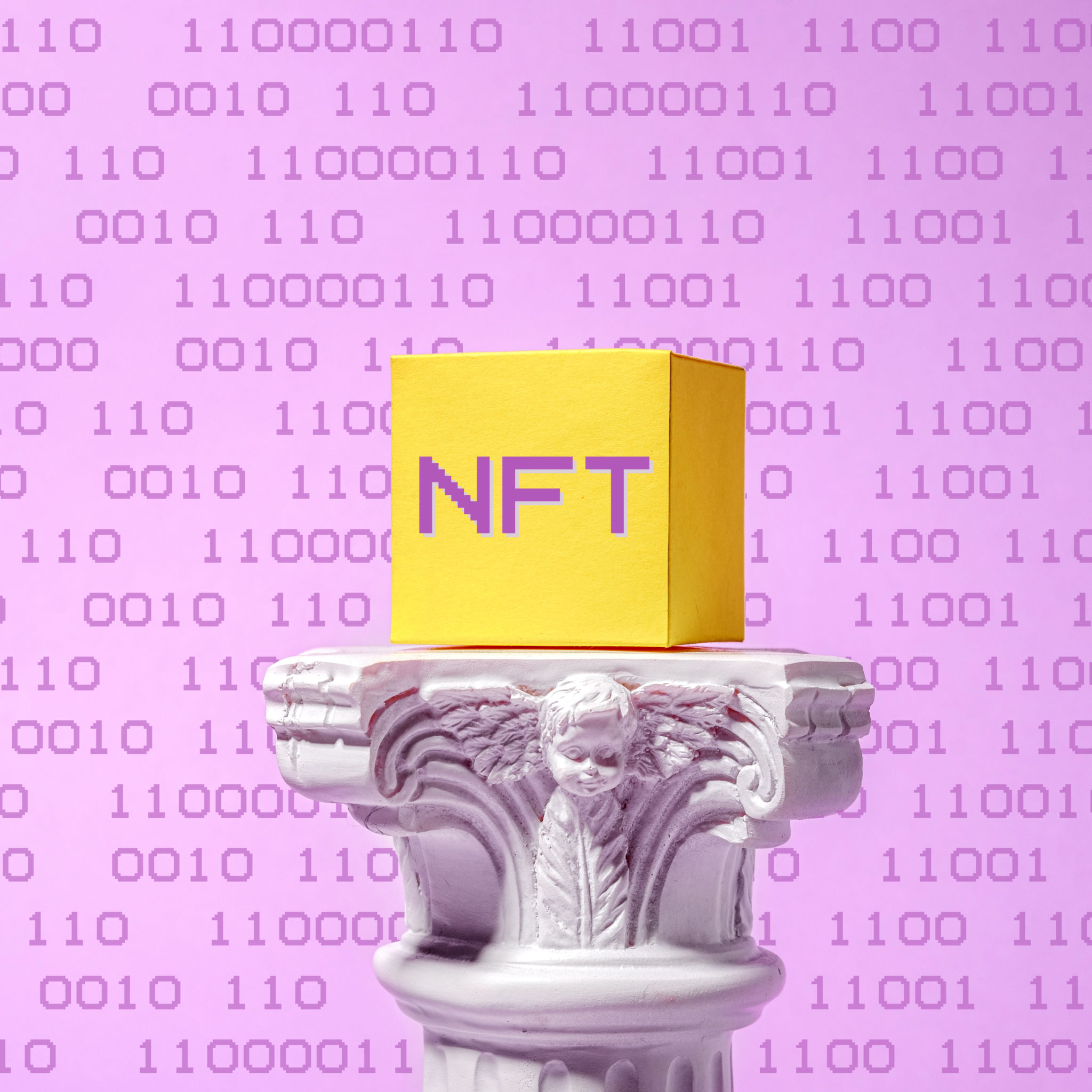The Impact of Digital Art on Charitable Campaigns: A Case Study
Introduction
In recent years, the intersection of digital art and charitable campaigns has shown a promising synergy. As technology continues to advance, digital art has emerged as a powerful tool for raising awareness and funds. This case study explores the impact of digital art on charitable campaigns, highlighting its benefits and potential for future initiatives.
The Rise of Digital Art in Charitable Campaigns
Digital art has transformed from a niche interest to a mainstream phenomenon. Its accessibility and versatility make it an ideal medium for charitable campaigns. Organizations are leveraging digital art to create compelling narratives that resonate with audiences globally. By using visually engaging content, charities can effectively communicate their message and engage potential donors.

Engagement Through Visual Storytelling
One of the primary advantages of digital art is its ability to tell stories in a visually captivating manner. Charitable campaigns benefit greatly from this, as they can share the stories of those they aim to help through immersive digital experiences. This approach not only attracts attention but also fosters empathy and understanding among potential supporters.
An example of this is the collaboration between digital artists and non-profit organizations to create virtual galleries. These galleries showcase artworks that represent the cause, providing viewers with a deeper connection to the mission. By engaging audiences on an emotional level, charities can increase their reach and impact.
Case Study: A Successful Digital Art Campaign
A notable case study involves a global non-profit organization partnering with digital artists to create a series of limited-edition NFTs (non-fungible tokens). These NFTs were sold to raise funds for environmental conservation efforts. The campaign generated significant buzz, attracting both art collectors and philanthropists.

Leveraging Social Media Platforms
Social media platforms play a crucial role in amplifying the reach of digital art campaigns. By sharing artwork across platforms like Instagram, Twitter, and Facebook, charities can tap into diverse demographics. The viral nature of social media helps spread awareness quickly, encouraging more people to participate in the campaign.
The aforementioned NFT campaign utilized social media effectively by hosting live auctions and interactive Q&A sessions with artists. This not only increased engagement but also educated audiences about the cause and the importance of their contributions.
Challenges and Opportunities
While digital art offers numerous benefits, it also presents certain challenges. The ever-evolving nature of technology requires organizations to stay updated with trends and tools. Additionally, ensuring authenticity and transparency in digital transactions, especially with NFTs, is crucial to maintaining donor trust.

Despite these challenges, the opportunities are vast. Digital art allows charities to reach international audiences without geographical limitations. It offers innovative ways to engage supporters and diversify fundraising strategies. By embracing this medium, charities can enhance their campaigns and drive meaningful change.
Conclusion
Digital art has undoubtedly made a significant impact on charitable campaigns. Through visual storytelling, social media engagement, and innovative fundraising methods like NFTs, charities can effectively communicate their missions and connect with audiences worldwide. As technology continues to evolve, the potential for digital art in philanthropy remains boundless, offering new horizons for charitable organizations.